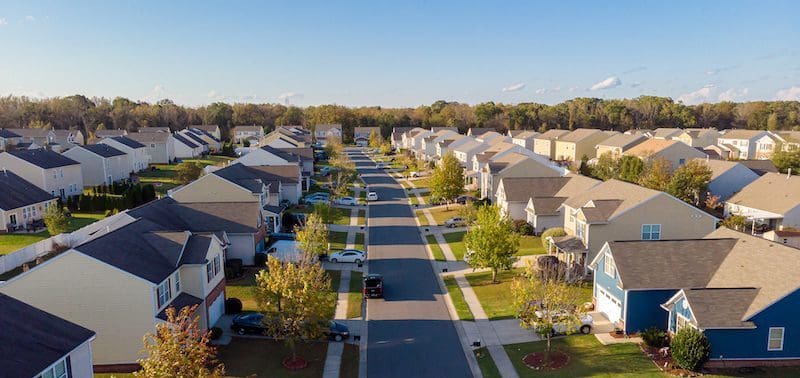New Home Market Update

Uncertainty is everywhere you look in today’s economy. Unfortunately, uncertainty does not mix well with making the largest purchase of one’s life, which is reflected in the data. Zonda’s newly released national new home sales figures captured 467,082 homes sold in October on a seasonally adjusted annual rate, down 34.1% compared to last year.

However, builders are in the business of selling homes, so we are seeing an increase of using both price cuts and incentives to help get buyers off the sidelines. Mortgage rate incentives are proving to be the most effective as they solve for one of the biggest issues today: the 70%+ increase in the monthly mortgage cost since the beginning of the year given higher home prices and borrowing costs.
“There are many forces working against the housing market right now,” said Ali Wolf, Zonda’s chief economist. “With the holidays approaching, this is traditionally a slower time for the housing market, but layer in higher interest rates and economic uncertainty and the resulting impact is that home sales are stalling out. It takes good marketing, great salespeople, excellent product, the right price point, and a lot of patience to be successful in today’s market.”
Volume continues to decline, returning to below 2016 levels
Zonda is introducing a new metric this month: total new home sales. This metric counts the total number of new home contract sales each month and accounts for both cancellations and seasonality.
There were 467,082 new homes sold in October on a seasonally adjusted annualized rate. This was a decline of 16.1% from last month and a drop of 34.1% from a year ago. On a non-seasonally adjusted basis, 36,548 homes were sold, 37.0% lower than last year and 30.0% below the same month in 2019.
Total volume is down due to both supply and demand. Zonda’s New Home Pending Sales Index (PSI) was created to help account for fluctuations in supply by combining both total sales volume with the average sales rate per month per community. The October PSI came in at 104.0, representing a 35.4% decline from the same month last year. The index is currently 40.3% below cycle highs. On a month-over-month basis, seasonally adjusted new home sales decreased 2.1%.
- For the third consecutive month, the New Home Pending Sales Index (PSI) was up in just one of our select markets year-over-year, Baltimore.
- The metros that performed the worst year-over-year were Phoenix (-70.8%), Denver (-67.0%), and Sacramento (-62.8%).
- Sacramento, one of the aforementioned slowest markets year-over-year, posted a notable month-over-month increase in October as builders cut prices and used incentives to try to drive interest. Baltimore and Minneapolis round out the top three of the best month-over-month performers.
